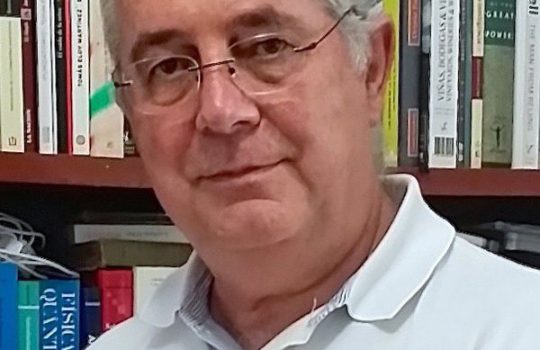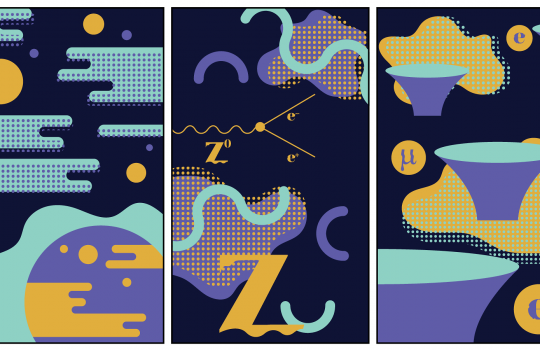Mobilizing Brazilian scientists for DUNE
- Brazil
- Deep Underground Neutrino Experiment
- DUNE
- dune-international
- international engagement
- international relations
- internationality
- LBNF
- Long-Baseline Neutrino Facility
- people
Ronald Shellard, director of the Brazilian Center for Research in Physics, discusses the past, present and future of Brazil-Fermilab scientific collaboration.


